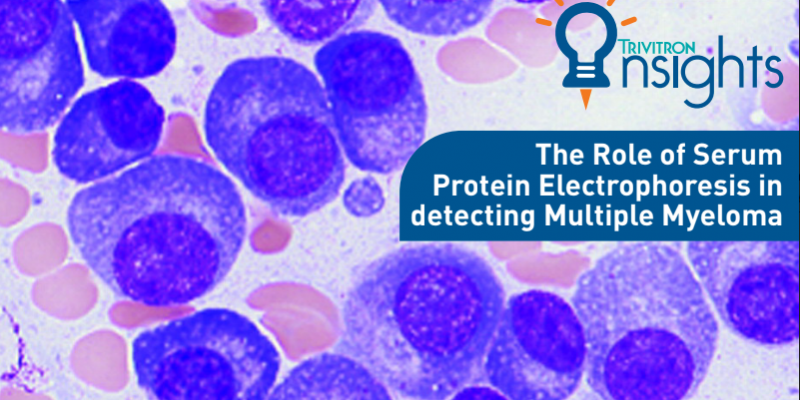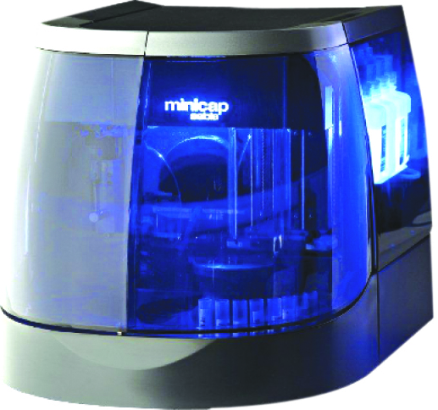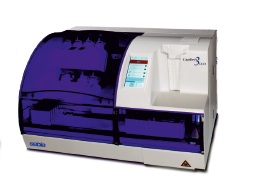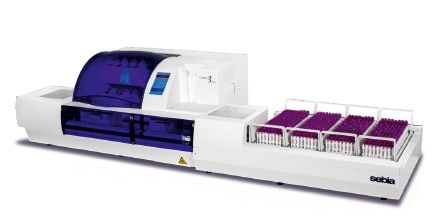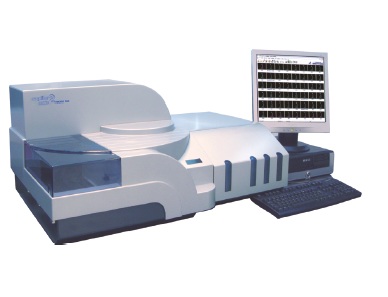Electrophoresis
Electrophoresis is a method of separating proteins based on their physical properties. Serum is placed on a specific medium, and a charge is applied. The net charge (positive or negative) and the size and shape of the protein commonly are used in differentiating various serum proteins.
Serum Protein Electrophoresis
Serum protein electrophoresis is a laboratory examination that commonly used to identify patients with multiple myeloma and other disorders of serum protein. The pattern of serum protein electrophoresis results depends on the fractions of two major types of protein: albumin and globulins.
Albumin, the major protein component of serum, is produced by the liver under normal physiologic conditions. Globulins comprise a much smaller fraction of the total serum protein content. The subsets of these proteins and their relative quantity are the primary focus of the interpretation of serum protein electrophoresis.
What is M-protein?
M-protein (also referred to as paraprotein, M Band or M-component) is a monoclonal immunoglobulin secreted by an abnormally expanded clone of plasma cells in an amount that can be visualised by immunofixation of serum and urine. M-proteins can be whole (heavy and light chain) immunoglobulin (Ig) or just immunoglobulin free light chain (FLC).
When should testing for M-proteins be carried out?
Serum protein electrophoresis (SPEP) should be performed if there is clinical suspicion of an M-protein related disorder or when the results of other tests raise the possibility of the presence of an M-protein. Abnormal test results include:
- Raised erythrocyte sedimentation rate (ESR) or plasma viscosity.
- Unexplained anemia, hypercalcemia or renal failure.
- Raised total protein/globulin or immunoglobulins, particularly if one or more immunoglobulin classes (IgG, IgA, IgM) are reduced. It should be noted that raised levels of polyclonal immunoglobulins are commonly seen in disorders such as liver disease, infection, rheumatological and other autoimmune conditions.
- Reduction of one or more immunoglobulin class (IgG, IgA and IgM) levels.
Methods to detect M- Protein
There are several methods available to detect M Protein. The most commonly and widely utilized methods are:
1.Capillary Electrophoresis
Capillary electrophoresis is the advanced technique which gives complete solution for monitoring MultipleMyeloma. It is the latest and most advanced technology and is being used globally. This technology offers full automation, complete walkaway and high throughput, which are of prime importance for most of the Clinical Laboratories.
Capillarys 3 Octa / Capillarys 3 Tera – Multiparametric stand-alone instruments with 8/12 capillaries in parallel. A proven analytical excellence meets high throughput and offers a broad assay menu: Serum Protein, Immunotyping, HbA1c, Hemoglobin, CDT (Carbohydrate Deficient Transferrin) testing.
Trivitron Healthcare offers: Minicap Flex Piercing – The fully automated instrument meets the needs of the laboratory while providing clear-cut and precise separations utilizing the capillary electrophoresis technology. This multi-parameteric instrument with 2 capillaries offers a comprehensive menu on serum and whole blood for: Serum Protein, Immunotyping, HbA1c, Hemoglobin, CDT (Carbohydrate Deficient Transferrin) testing.
Capillarys 2 Neonat Fast – is the best choice in Newborn Hemoglobin Screening on Dried Blood Spot. Exclusive capillary electrophoresis technology for high resolution separation and complete walk-away automation, from hemolysate preparation to final color-coded results.
2.Agarose Gel Electrophoresis
This method is also used widely in clinical laboratories to detect M-Protein. Apart from Serum proteins, this method is also used to separate and quantitate Lipoproteins, Iso Enzymes, Cholesterol Profile, Urine Protein, CSF ISOFOCUSING, Beta 2 Anti trypsin and Von Willie brand Multimer assays.
Hydrasys 2 Scan Focusing – is the “all-in-one” analyzer for gel electrophoresis. The system offers analytical solutions for the highest level of performance, matching clinical diagnostic requirements. The instrument carries out electrophoresis steps, from sample application to final reading. It is a fast and easy to operate instrument, offering a comprehensive test menu of more than 60 HYDRAGEL programs.

